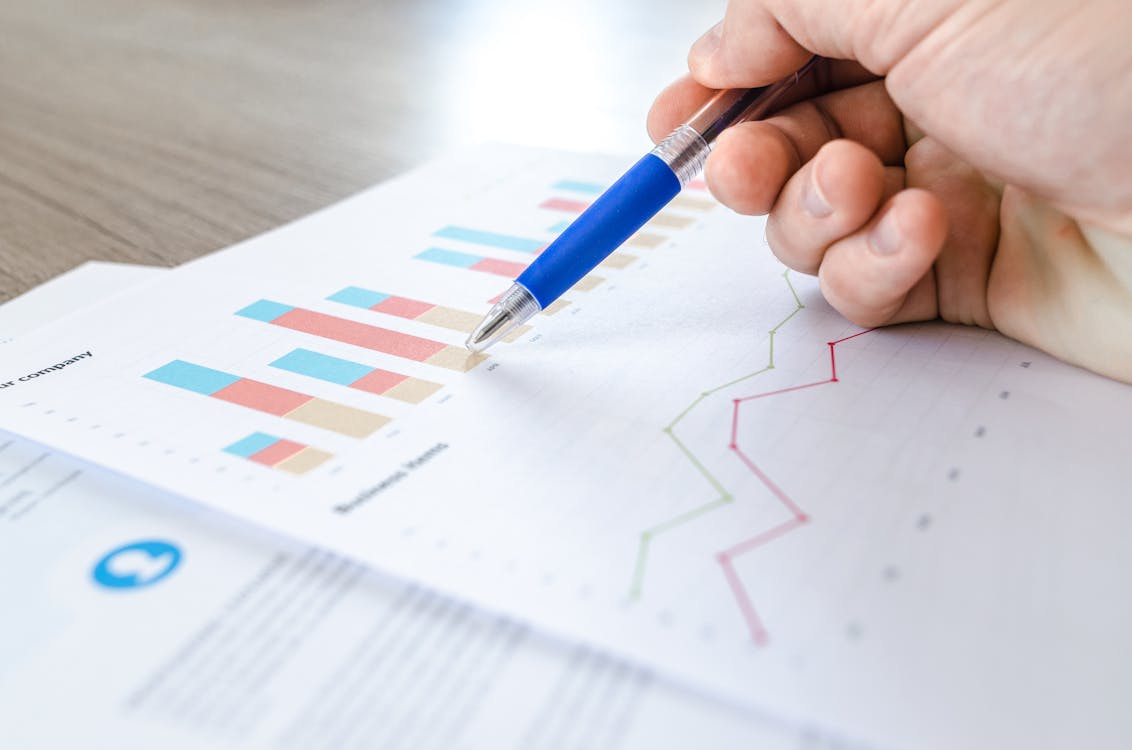The Super Age Tsunami: Why America’s Demographic Shift Will Bring Radical Changes

Image Source: Pexels
By 2029, one in five Americans will be over 65, and by 2034, seniors will outnumber kids. This “super age” revolution, as demographic expert Bradley Schurman calls it, threatens everything from stock markets to Social Security. In a gripping Financial Sense interview, Schurman, author of The Super Age: Decoding Our Demographic Destiny and host of Population Next, breaks down the stakes with stark clarity. Here’s what investors, policymakers, and everyday Americans need to know.
Boomers Bow Out, But Not Quietly
The baby boomer retirement wave is cresting, with 11,500 exiting daily, set to hit 14,000 by 2028. But here’s the kicker: many can’t afford to stop working. “Not very many of them have the financial resources to retire in comfort for a long period,” Schurman notes. Since the 1990s, workforce participation among those over 65 has jumped from 14-15% to 25%. His own mother, a former teacher, worked part-time as a museum docent into her later years.
This isn’t just a personal choice—it’s a necessity. The post-war dream of retiring at 65 with a pension and Social Security is fading. “Prior to 1935, people worked until they could,” Schurman says, predicting a return to that norm. If workforce participation hits 50% for those over 65, it could delay the drain on retirement savings—but at what cost to the social contract?
Passive Investing and 401(k) Contributions
The stock market’s been riding high on passive investing, with 401(k) contributions pouring into index funds. But Schurman sees a “double whammy” looming. As boomers draw down savings and fewer young workers contribute, markets could wobble. “There are simply a smaller pipeline of younger adults coming into work,” he explains. Gen Z is smaller than millennials, Gen Alpha smaller still, and the projected Gen Beta even tinier.
“It’s like a puncture in a tire,” Schurman says. “You might not feel it the second the nail goes into the rim, but you will 10, 20 miles down the road.” This slow bleed could erode wealth, replacing the 20th century’s “more, more, more” with a 21st-century “degrowth” reality. Investors betting on endless market gains might want to rethink their strategy.
Birth Rates Plummet, Headwinds Grow
Falling birth rates are pouring fuel on the fire. Smaller generations mean fewer workers, consumers, and taxpayers, dragging the economy toward stagnation. Policy fixes like a $5,000 tax credit for new mothers? “Laughable,” Schurman scoffs, noting that raising a child costs $300,000. Real barriers—sky-high debt, delayed homeownership, and childcare costs—are choking family creation. In 1984, first-time homebuyers were typically 29 years old and saved for about two years to afford a home. Today, first-time homebuyers are typically 38 years old and need about eight years to save for a home.
“Until we have that honest conversation about whether we want people to have children, we’re never going to get to a real solution,” Schurman insists. Even Nordic countries, with generous incentives, can’t crack this nut. The U.S. birth rate still outpaces theirs, but not by enough to offset the coming crunch.
Social Security and Medicare: On the Brink
Social Security and Medicare are barreling toward insolvency within a decade. Without action, retirees could face a 25% income cut and soaring healthcare costs. “Older adults are really hit by a double whammy,” Schurman warns. Boomers have some wealth, but Gen X and millennials are “behind the eight ball,” juggling late-in-life kids and aging parents with scant savings.
Policymakers have known this was coming for decades. “We knew Social Security was going to be impacted 24, 35 years ago, and there has been little to no action,” Schurman laments. Short-term political cycles—congressional terms, quarterly earnings—stifle long-term fixes. Privatizing Social Security could juice markets but leave retirees vulnerable to crashes, like in 2008 or 2020.
Can AI Save the Day?
Artificial intelligence and robotics might ease labor shortages, but don’t expect miracles. “We’ve yet to figure out how to get robots and AI to buy goods or pay taxes,” Schurman quips. Still, AI governance, like in the UAE, could streamline policy, ensuring laws keep pace with reality. The U.S., with its “rabid individualism,” might lag, but smart tech could help if embraced.
A Fixable Future—If We Act
This isn’t doom and gloom—it’s a wake-up call. Schurman sees a path forward: tackle housing and childcare costs, boost early wealth creation (like Senator Cory Booker’s savings accounts for kids), and rethink retirement norms. “The future is going to be smaller, it is going to be older, and our systems will adjust,” he says. But waiting for a crisis to force change is a gamble we can’t afford.
Modest, phased-in reforms—tweaking Social Security, using AI for efficiency, encouraging immigration—could buy decades of stability. Markets are already jittery, with boomers’ drawdowns and shrinking workforces signaling trouble. “Demographics are destiny,” Schurman says, but destiny can be shaped with bold, proactive choices.
More By This Author:
Liquidity Shift Looms For Global MarketsThe New Geopolitical Battlefield: China’s 30-Year Play For Rare Earth Domination
Resource Wars & Supercycles: Navigating The New Era Of Commodities
Advisory services offered through Financial Sense® Advisors, Inc., a registered investment adviser. Securities offered through Financial Sense® Securities, Inc., Member FINRA/SIPC. DBA ...
more


